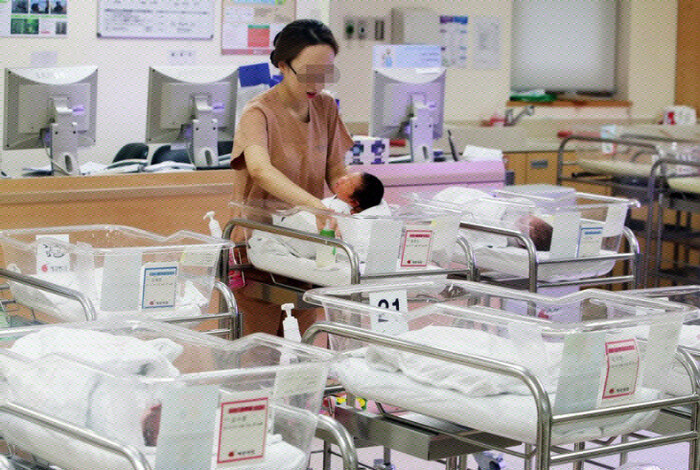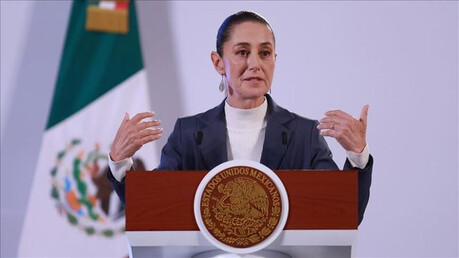
For the second year in a row, South Korea is expected to see an increase in its birth rate, a trend largely driven by a significant rise in the number of women projected to give birth in 2025. Data from the National Assembly Budget Office (NABO) suggests that the number of expected births this year will surpass 300,000, signaling a potential reversal of the nation's long-standing low birth rate crisis.
According to a NABO report titled 'Demographic and Employment Trends and Issues,' an estimated 304,000 women are projected to give birth this year, a notable increase of 21,000 from the 283,000 recorded in 2024. This projection is based on the number of women who have applied for the national health insurance pregnancy voucher program as of May 2025, categorized by their expected delivery dates. This figure is on par with 2021's 305,000 births, marking a significant milestone.
Kim Sang-yong, an economic analyst at NABO, attributes this positive trend to a sustained rebound in the birth rate, which began last year. The latest data from Statistics Korea shows that the number of births in 2024 was 238,000, an increase of 8,000 from the previous year and the first rise since 2015. The total fertility rate, which measures the average number of children a woman is expected to have in her lifetime, also rebounded to 0.75 in 2024, a nine-year high.
Demographic Shift: 30-Somethings Lead the Way
The current surge in births is primarily driven by women in their early thirties. The NABO report highlights that the number of women aged 30-34 expected to give birth this year has increased by 11,000, the largest jump across all age groups. This is followed by women aged 35-39, who saw an increase of 8,000, and women aged 25-29, with a modest increase of about 700.
This trend underscores a changing demographic landscape, where an increasing number of women in their prime childbearing years are choosing to have children. This shift may be influenced by a combination of factors, including government support policies and societal changes that make it easier for couples to balance work and family life.
The Urban-Professional Divide in Fertility
While the overall birth rate is on the rise, the NABO analysis points to a significant disparity in who is driving this change. The report notes that employees with stable jobs have been the primary drivers of the recent increase. Last year, the total fertility rate for salaried employees with health insurance was 0.75, substantially higher than the 0.57 for self-employed individuals and the 0.31 for those receiving medical assistance.
The fertility rate for salaried workers increased by 0.03 from the previous year, whereas for the self-employed, the increase was a minimal 0.01. The rate for medical assistance recipients actually decreased by 0.02.
This gap highlights a critical "blind spot" in the current support system. Despite increased government spending on work-life balance initiatives, the benefits largely favor those who are part of the formal employment system. NABO points out that self-employed individuals, freelancers, and platform workers, who are not covered by employment insurance, often have limited access to crucial benefits like parental leave and childcare support.
The report concludes that while policies and budgets for work-life balance are increasing, they primarily benefit women with stable jobs. It emphasizes the need for additional measures to address the systemic inequality, particularly for those not covered by employment insurance, who are excluded from work-life balance programs funded by the Employment Insurance Fund. This disparity suggests that to truly address the nation's demographic challenges, policies must be broadened to ensure all segments of the population receive the necessary support to start and raise families.
[Copyright (c) Global Economic Times. All Rights Reserved.]






























